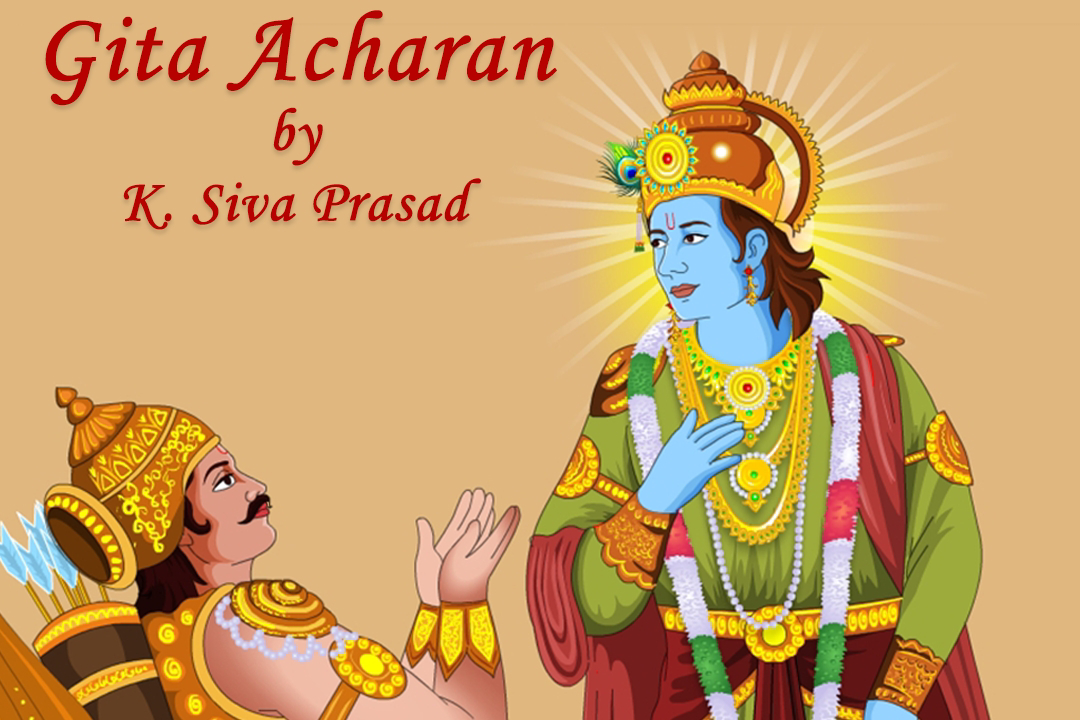48. Contentment with the self

Lord Krishna reveals what is pure sankhya (awareness) from verse 2.11 to 2.53, which was completely new territory for Arjun. Arjun wanted to know (2.54) about sthithpragna (one with coherent wisdom/intellect) who has attained samadhi (established in self) and how a sthithpragna speaks, sits and walks. Through clarifications to Arjun, (2.54 onwards) Krishna sets the standards and benchmarks to help our comparison seeking mind, which always looks for benchmarks against which to measure ourselves as we make progress in our spiritual journey. Krishna says (2.54) that the sthithpragna casts off all desires of the mind and is content in the atma (self) by atma . When one is content with the self, desires (motivations) automatically drop. As desires drop, all their actions (doing) become nishkama karma (unmotivated action). Our basic desire is to be different than what we are. We get bored too quickly. This is captured in economics as “satisfied desire (need) no more motiva


